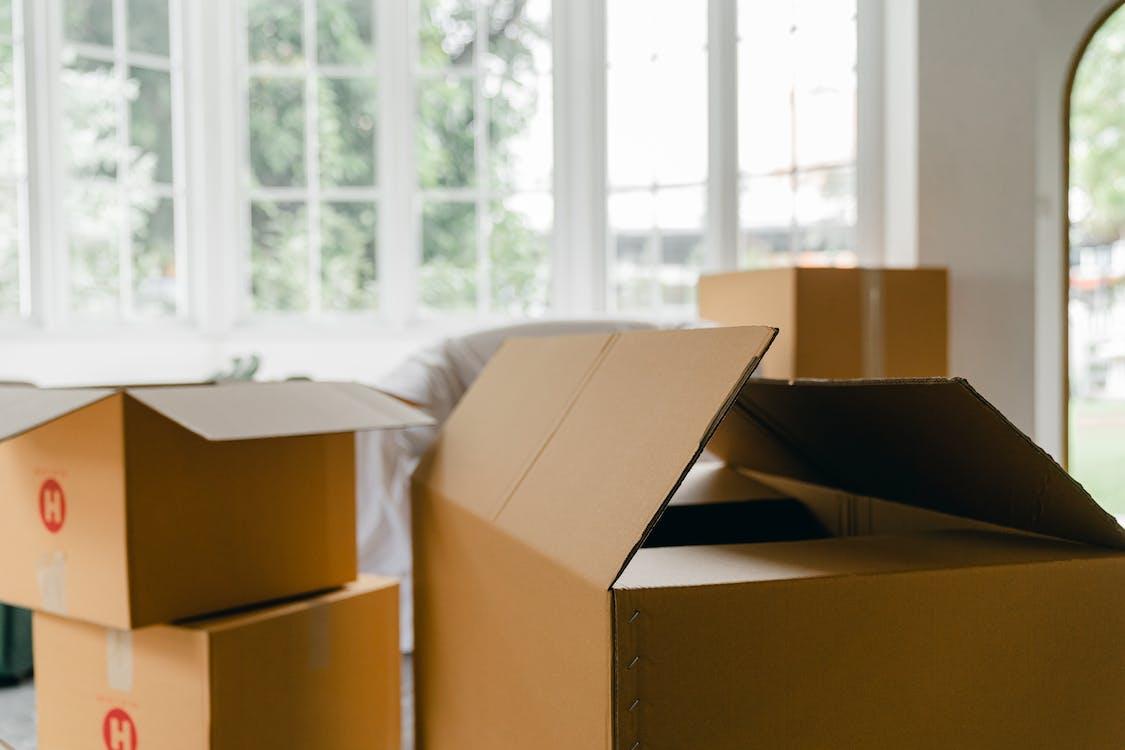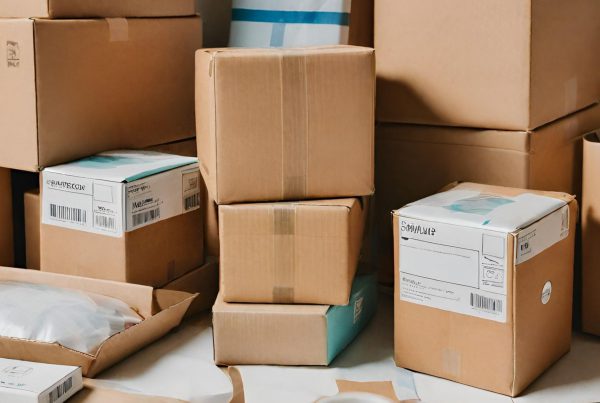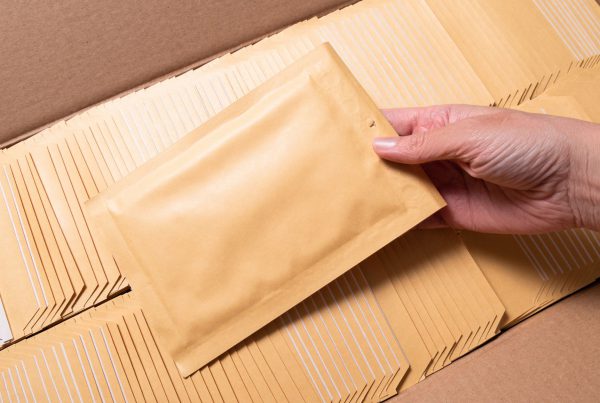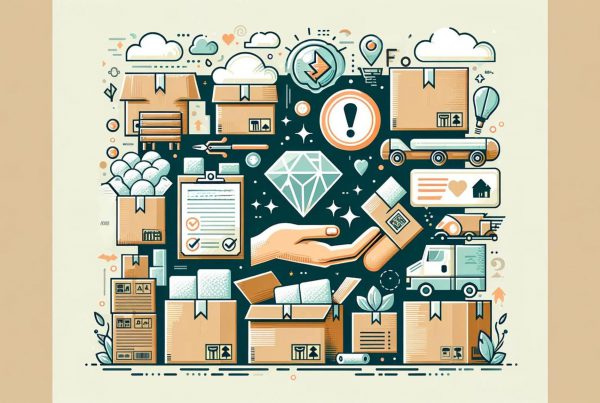Undoubtedly, packaging is an inevitable component of modern-day life. Its purpose is to enclose or protect items throughout transit, distribution, storage, sale, and usage. Additionally, packaging acts as a marketing tool to increase brand awareness. Corrugated cardboard has been one of the most widely used and well-liked packaging materials for a very long time due to its strength, durability, and low weight, all while reducing the negative effects on the environment and the economy.
The Boxery – Environmentally-Friendly, Sustainable Packaging
At The Boxery, one of our primary environmental concerns is climate change; thus, we have devised a strategy to be an overall net positive. Providing our clients with various packaging options that assist them in operating more sustainably minded businesses is a critical component of our business strategy. This means that we work hard to craft packaging from sustainably produced materials while having the minimal possible impact on climate change, also known as our carbon footprint.
3 Ways Carton Packs Achieve Top Performance on Low Carbon
Paper is a key component of the packaging sector, most commonly used in corrugated cardboard production. In its most basic form, corrugated carton packs refer to three thick layers of paper to create an interior liner, an exterior liner, and a third sheet fluted into waves and placed between the two liners. There are several grades of corrugated cardboard, each with unique strengths and thicknesses. Here are three ways carton packs achieve top performance on low carbon.
Raw Materials: Chosen for Renewability
Most carton pack materials are recyclable in their entirety. Paper pulps obtained from trees, such as birch or pine, are typically used to manufacture most corrugated boxes. In contrast to hardwood trees, these trees have a much quicker growth rate and are more readily able to adjust to a wide range of climatic circumstances. In most cases, tree harvesting occurs in a well-managed, sustainable forest.
Smart Design: Lightweight and Space Saving
The smart design allows carton packs to be stacked tightly together. Typically, a trailer full of packed cartons takes up around 95% of the space, whereas the packaging only occupies 5% of the area. Because of this, the companies require fewer vehicles to transport the goods, less fuel to move the weight, and less space to store them. These variables contribute to reducing the total carbon footprint.
End of Life: Recyclable Material
The majority of corrugated materials are recyclable, and as a result of the domino effect, the cost of producing corrugated boxes is significantly lowered, meaning that less money is spent on both the resources and the energy required to produce them. Because of this, corrugated cardboard boxes are undoubtedly the most environmentally beneficial alternative for reducing carbon emissions.





Recent Comments